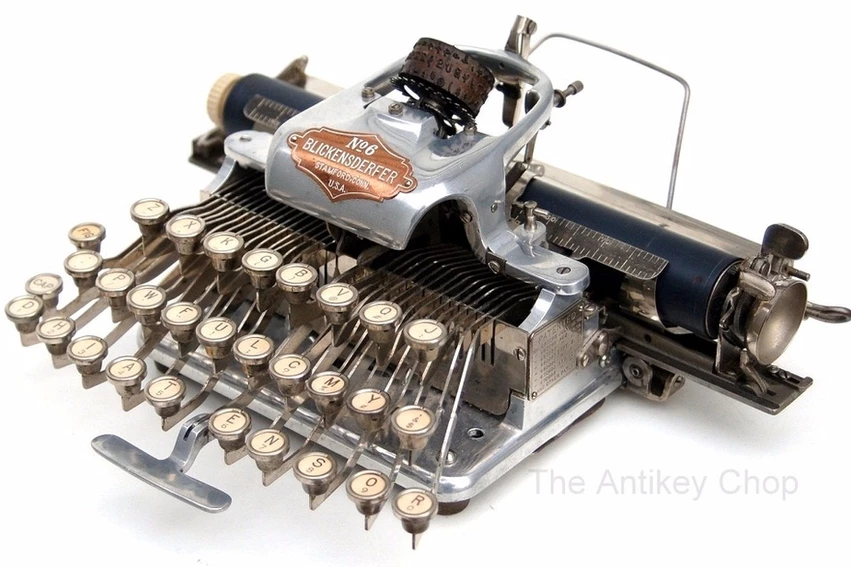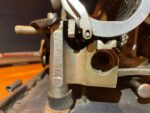The beginning of the Hammond focused on two primary elements: iron and wood. The Pterotype, a precursor to the Hammond, was said to be made of “spanish mahogany, with parts made from brass, steel, and iron.” These were the materials of the day and we see that in the early Hammond’s.

Until around 1916, Hammond’s were built on an iron frame, mounted to a wooden board. This made moving the machine quite a chore, and you couldn’t take it off the board and use it on its own; the center foot is longer than the rest. It was very much a desktop machine.
Additionally, the board was necessary to give clearance to the mainspring drum, which was only exacerbated around 1913 with a giant mainspring that hung well below the frame.


It would take the company about 5 years to build a compact, self contained machine, and that begins with aluminum.
Charles Martin Hall and Paul Héroult were the first to file patents for “metallic aluminum,” with Hall’s granted in February of 1886 (at the age of 23!) , and Héroult in April of that same year. Today their invention is known as the Hall-Héroult process, and what might have appeared by today’s standards as a rival in the making, the two men quickly became close friends.

According to Wired magazine, due to its limited use, the price of aluminum metal dropped from $32 a pound in the 1850s ($730 in today’s money) to $15 a pound before the Hall process ($340 today) to 18 cents a pound in 1914 (about $3.75).
The company Hall helped found drove that price down to below $1 per pound by 1891. When the Wright Brothers took flight at Kitty Hawk in 1903, they were using a new lightweight aluminum crankcase for their engine. The price was now about $0.30 per pound.
That drop in price and innovation led to companies like the Blickensderfer company of Stanford, Connecticut to begin manufacturing their Number 6 typewriter from aluminum, in 1902.

With the Sun Typewriter made with steel, and other manufacturers turning to newer, lighter metals, it was clear company needed to change, and the death of its inventor in 1913 may have jumpstarted that change.
Under the new management of Neil Becker, the company stopped producing the Ideal, which Hammond preferred, and embarked on a lighter, more portable future.
The aluminum Hammond, which is almost always denoted with a serial prefix of AL, is very similar in design to the iron frame. Overtime, engineers continued to shave weight, and strengthen the machine’s balance with the lighter material.



The folding Hammond brought together everything the company had learned about aluminum, compact design, and better engineering. The mainspring is now fully within the frame of the machine, negated the need for the wooden board. The keyboard expertly folds for compact storage.

…and not just the frame! The Hammond company likely tested smaller components of aluminum, as production ramped up. It does make us wonder how a machine like the Hammond would be made today. Innovations such as lightweight steel, titanium, combined with advanced manufacturing, would likely produce something quite amazing.
